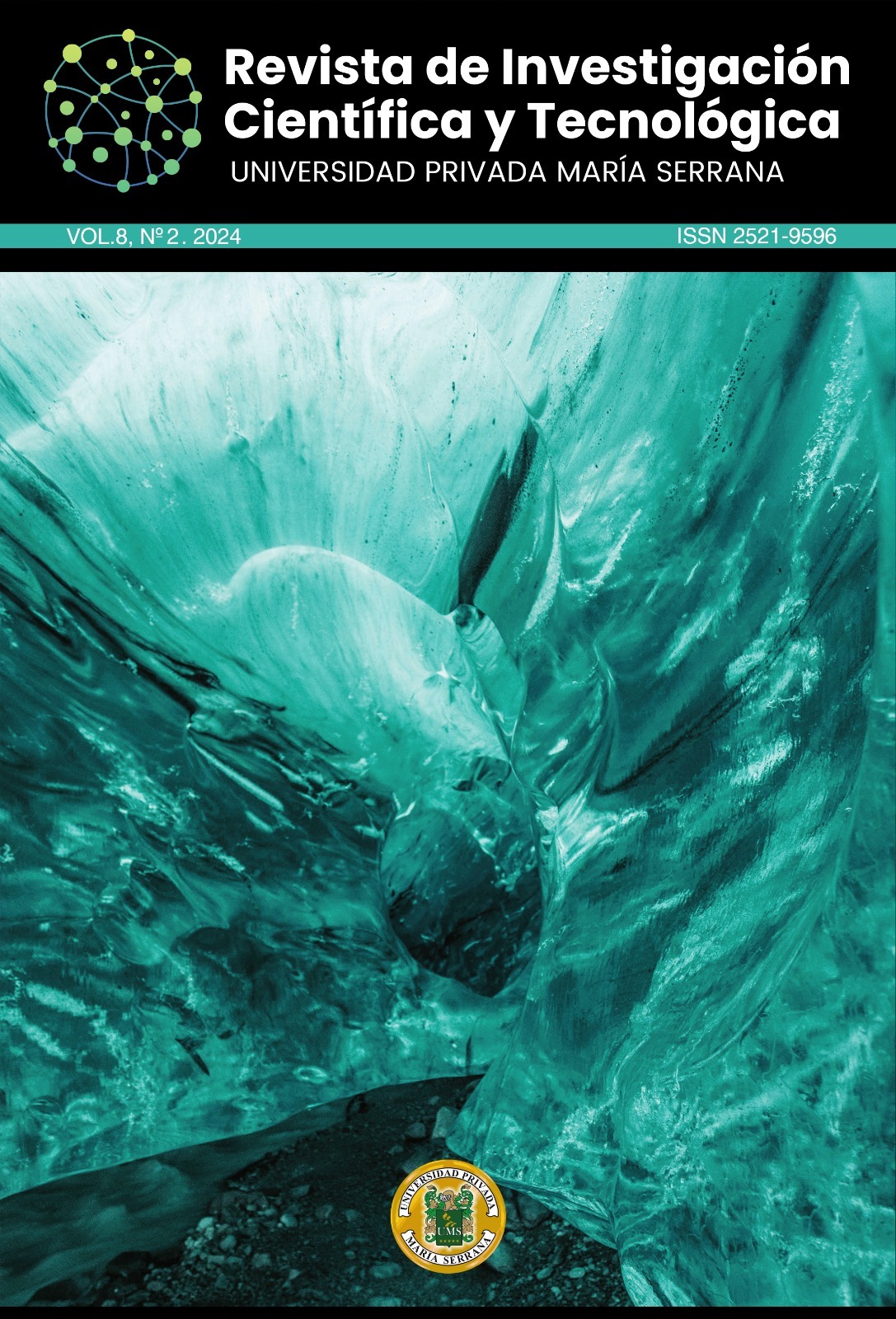Abstract
In the search to improve the reading comprehension of basic education students of the Juan Bautista de la Salle Educational Institution of the City of Cali-Colombia, this research was carried out with a mixed approach with a level of descriptive depth, whose objective was to design a teaching strategy to strengthen reading comprehension in basic education students, determining what level the participants were at before and after the study. 100 students from the third, fifth and ninth grades of basic education participated in this research. After the application and analysis of the instruments, the results showed that 90% of the students on this campus are at the literal level of reading comprehension and not at the critical level of comprehension, considered the ideal; Therefore, a teaching strategy was designed to improve the problem. This didactic strategy is being implemented by the Educational Institution.
References
Baena, L. M., Buitrago, D. A., Londoño, V. L., & Taborda. (2011). Semillero de lengua materna. Lectura 8° - 9°. Medellín: Centro de investigación y extensión de la facultad de comunicaciones de la Universidad de Antioquia.
Hernández Sampieri, R., Fernández C. C., & Baptista L. M. (2014). Metodología de la investigación. España: McGraw-Hill / Interamericana Editores, S.A. De C.V.
Icfes. (2022). Instituto Colombiano para la Evaluación de la Educación (ICFES). Bogotá: Ministerio de Educación Nacional de Colombia.
Kurt Lewin. (1996). Revista Latinoamericana de Psicología, Fundación Universitaria. Bogotá, Colombia: Revista Latinoamericana de Psicología, vol. 28, núm. 1, pp. 159-163.
Ministerio de Educación Nacional. (2006). Estándares básicos de competencias. Bogotá.
Moser EI, K. E. (2008). Place cells, grid cells, and the brain’s spatial representation system. *Annu Rev Neurosci, 31*, 69-89. doi: 10.1146/annurev.neuro.31.061307.090723. PMID: 18284371.
OCDE. (2020). Organización para la cooperación y el desarrollo económico (OCDE). París.
Ortiz, E., & Mariño, M. de los Ángeles. (2014). Una comprensión epistemológica de la psicopedagogía. *Cinta de Moebio, núm. 49*, pp. 22-30. Universidad de Chile, Santiago, Chile.
Pérez Zorrilla, M. (2005). Evaluación de la comprensión lectora: dificultades y limitaciones. *Revista de Educación (Extraordinario)*, pp. 121-138. Disponible en: http://www.ince.mec.es/revistaeducacion/re2005/re2005_10.pdf
Ramos Gaona, Z. (2013). La comprensión lectora como una herramienta básica en la enseñanza de las ciencias naturales. Medellín.
Sánchez, C. (1997). El imaginario cultural como instrumento de análisis social. *Política y sociedad, 24*, pp. 151-163.
Urrego, Z. C. (2008). Aspectos Psicopatológicos del Coeficiente Intelectual Limítrofe. Disponible en: https://www.researchgate.net/publication/261474363_Aspectos_Psicopatologicos_del_Coeficiente_Intelectual_Limitrofe
Vásquez Rodríguez, F. (2014). Lectura, abducción, escritura y reconocimiento. Disponible en: https://fernandovasquezrodriguez.com/2014/02/03/la-lectura-la-abduccion-y-el-pensamiento/
Vásquez, M. (2014). Aplicaciones para la lectoescritura. Disponible en: http://www.consumer.es/web/es/educacion/otras_formaciones

This work is licensed under a Creative Commons Attribution 4.0 International License.






